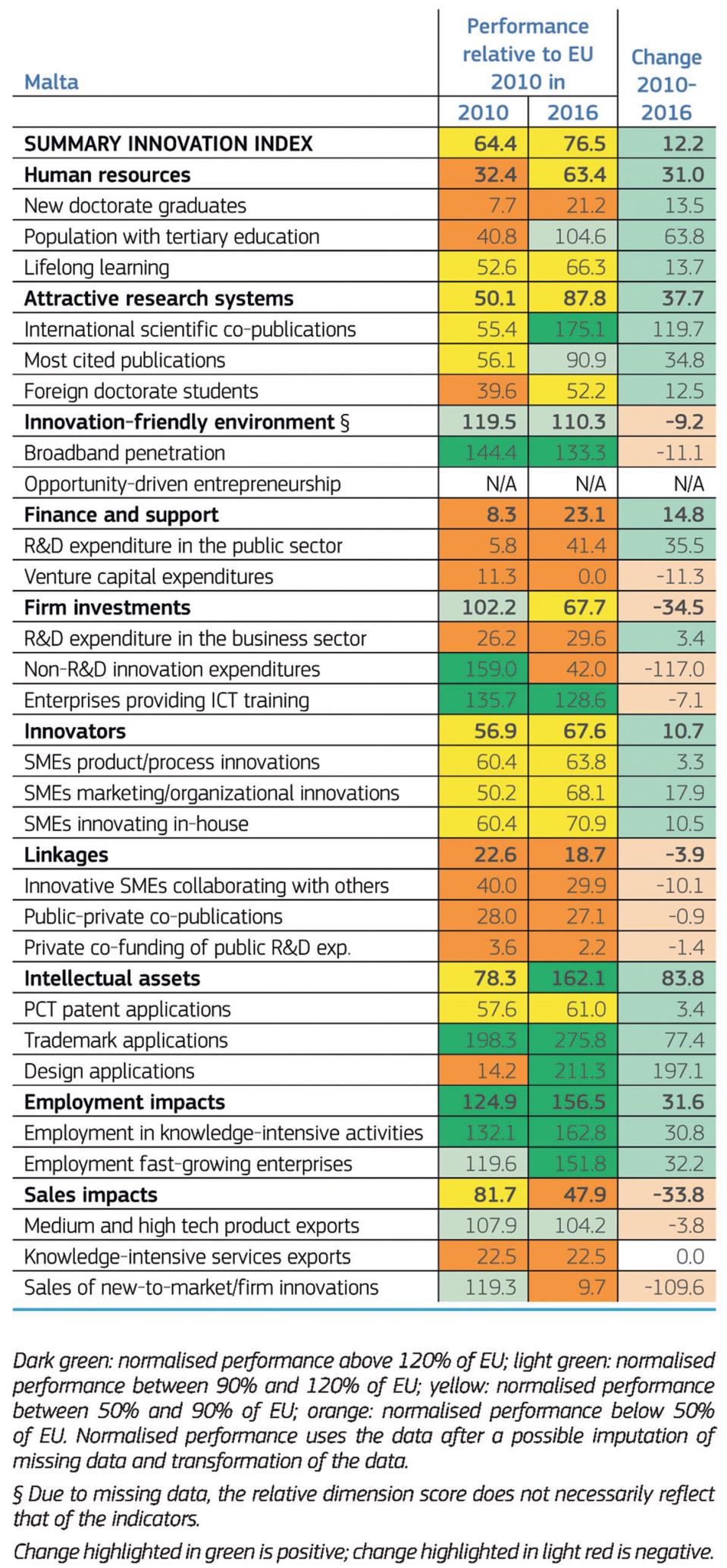The European Union is catching up with Canada and the US in terms of innovation performance, but the picture among Member States is more mixed, with innovation improving in 15 out of 28 states last year.
These are some of the findings of the 2017 annual Innovation Scoreboard, which picks Sweden, followed by Denmark, Finland, the Netherlands, the UK and Germany as the leaders in innovation in Europe.
The fastest growing innovating countries last year were Lithuania, Malta, the Netherlands, Austria and the UK.
"We are still lagging behind global innovation leaders," said Elzbieta Bienkowska, Commissioner for Internal Market, Industry, Entrepreneurship and SMEs: "In times of globalisation and rapid technology changes, innovation remains essential for the prosperity of our citizens and the wider European economy. The Commission's Start-up and Scale-up Initiative and New Skills Agenda aim to further improve an ecosystem for innovation to thrive," she said.

More can be done to improve research and innovation performance, says Carlos Moedas, Commissioner for Research, Science and Innovation: "That's why we're gearing up support to breakthrough innovators through the pilot European Innovation Council under the EU's Horizon 2020 research and innovation framework programme."
The 2017 Scoreboard confirms that countries that perform well overall also tend to do well in specific areas of innovation, showing that a balanced innovation system - with sufficient investments, developed human resources and a supportive research and innovation environment - is the key to perform well across all dimensions.
The Scoreboard also includes a regional innovation analysis, which shows that new regional innovative hubs are also on the rise in places like Prague, Bratislava or the Basque Country.
Malta, the Scoreboard says, is a Moderate Innovator. Over time, performance has increased by 12.2% relative to that of the EU in 2010.
Innovation system
Relative strengths of the innovation system are in Intellectual assets, Employment impacts, and Innovation-friendly environment.
Relative weaknesses are in Linkages, Finance and support, and Sales impacts.
Structural differences Notable differences are a smaller share of employment in Agriculture & Mining, a larger share of employment in Public administration, a larger share of micro enterprises in turnover, a smaller share of large enterprises in turnover, a smaller share of foreign controlled enterprises, a lower average R&D spending of Top R&D spending enterprises, a higher growth rate of GDP, a higher growth rate of population, and higher population density.